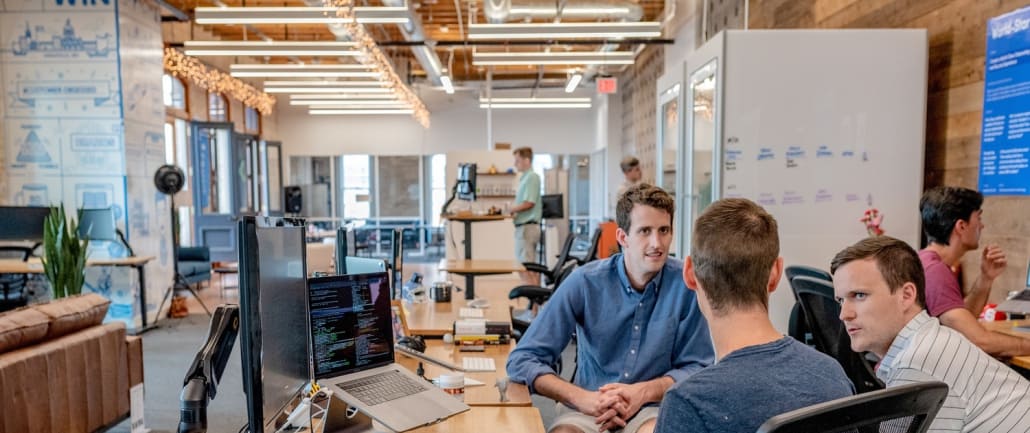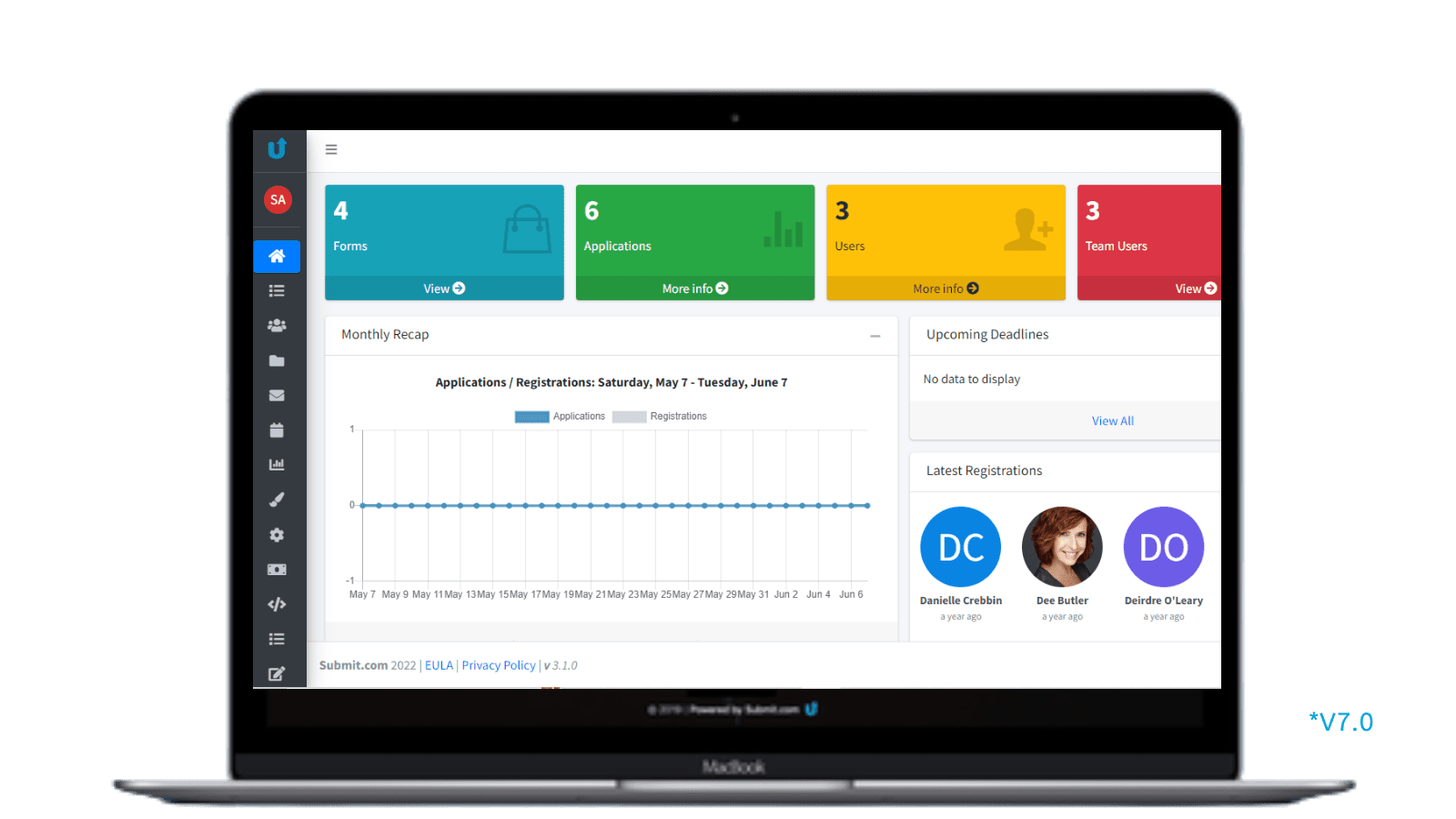The acccelerator management software streamlines and enhances the entire lifecycle of startup initiatives. This powerful tool simplifies candidate engagement by providing a customisable application workspace, freeing up valuable time with automated administrative tasks, and facilitating collaborative decision-making through centralised notes and scoring. From managing intake to sharing pitch decks and engaging mentors, this software equips programs with essential features to nurture ideas and foster innovation efficiently.
Experience a streamlined selection process with multi-step forms, auto-scoring and auto-tagging. Maintain a clear overview and accountability with audit trails, role-based permissions, and organized evaluations through smart folders and file exports. Trusted by leading organizations globally, the accelerator management software by Submit.com is the catalyst for effective startup talent ignition and program growth.








